Best Forestry Tools of 2024 for Every Skill Level
- July 26, 2024
- 0 comment
Forestry is a demanding industry that requires robust and efficient tools to manage forests sustainably and profitably. As we look towards 2024, several forestry tools stand out for their innovation, effectiveness, and value for money.
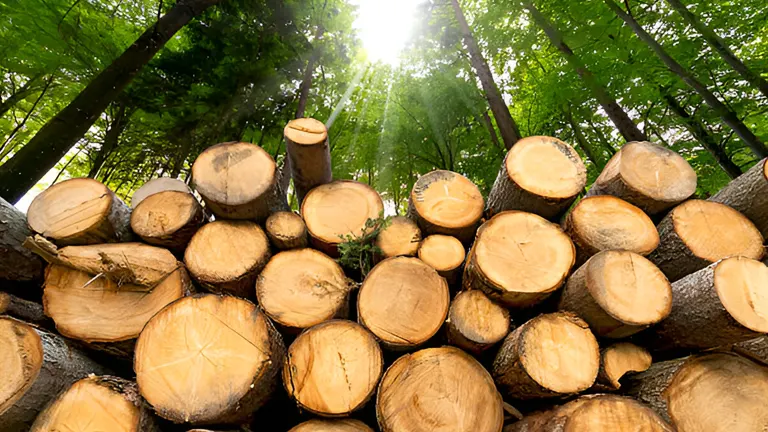
Whether you’re a small landowner, a large commercial forestry operator, or somewhere in between, there’s equipment designed to meet your specific needs and budget. Here’s a breakdown of the best forestry equipment for 2024, tailored for various budget ranges.
Entry-Level Forestry Equipment
When starting a forestry operation or managing smaller projects, the cost of equipment can be a significant barrier. Fortunately, entry-level chainsaws like the Stihl MS 261 and Husqvarna 435 Mark II offer both affordability and efficiency, making them ideal for landowners and small forestry operations. Here’s a closer look at these two models:
1. STIHL MS 261 Chainsaw
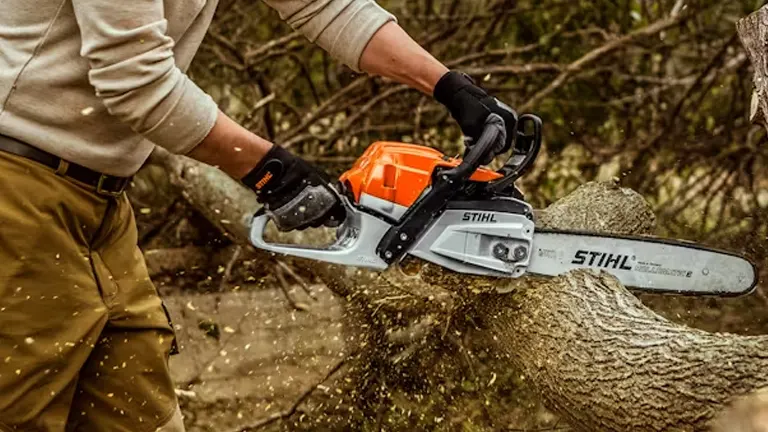
The STIHL MS 261 chainsaw combines advanced engineering with exceptional ease of use, tailored for forestry professionals needing a reliable tool for thinning and firewood cutting. It features the innovative 2-MIX engine delivering 3.0 to 4.0 horsepower, enhancing fuel efficiency while lowering emissions, supported by Stihl’s M-Tronic system for optimal engine management. Weighing just 10.8 pounds, its superb power-to-weight ratio maximizes maneuverability and minimizes fatigue, making the MS 261 a preferred choice for its durability and precise cutting capabilities.
2. Husqvarna 435 Mark II Chainsaw
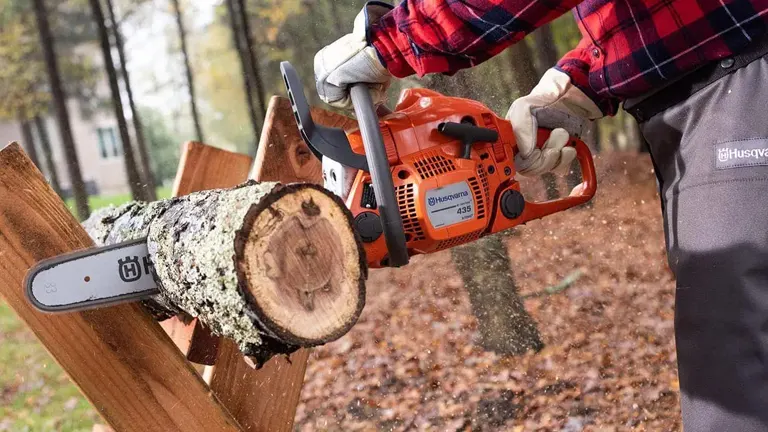
The Husqvarna 435 Mark II chainsaw is highly regarded for its eco-friendly and efficient performance, ideal for occasional tree care or light cutting tasks. Powered by a 40.9cc 2-cycle engine with 2.2 horsepower, it features X-Torq® technology that reduces fuel consumption and emissions, meeting stringent environmental standards. Weighing just 4.4 kg (9.7 lbs) and designed ergonomically, it offers ease of use and comfort, making it perfect for both novices and experienced users seeking a reliable, lightweight chainsaw for their forestry needs.
Mid-Range Forestry Equipment
For forestry professionals who need more power and versatility than entry-level equipment can provide, mid-range machinery offers the perfect balance of performance and price. The John Deere 333G Compact Track Loader and Tigercat 602 Cable Skidder exemplify the capabilities needed for more demanding forestry tasks without the hefty price tag of the highest-end equipment. Here’s a detailed look at these mid-range professional-grade machines:
1. John Deere 333G Compact Track Loader
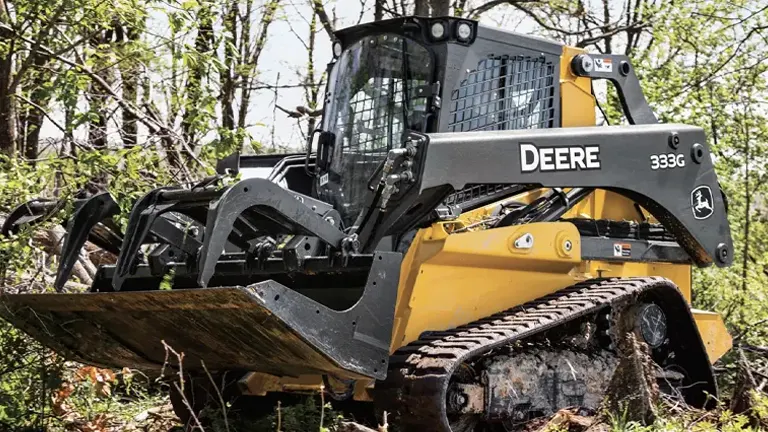
The John Deere 333G Compact Track Loader is recognized for its impressive performance in mid-sized forestry operations, offering exceptional lifting capacity and versatility. Equipped with a robust 100 hp Yanmar 4TNV94FHT diesel engine, the 333G excels in a variety of tasks, from clearing land to loading logs. Its compact design enables it to maneuver easily in rough terrains, while a wide range of attachments, including mulchers and forks, enhances its utility. The 333G’s ergonomic cab design ensures operator comfort, reducing fatigue during long working hours. Moreover, its high-flow hydraulics enable it to handle demanding attachments, making it a multifunctional tool ideal for dynamic forestry tasks that require precision and reliability.
2. Tigercat 602 Cable Skidder
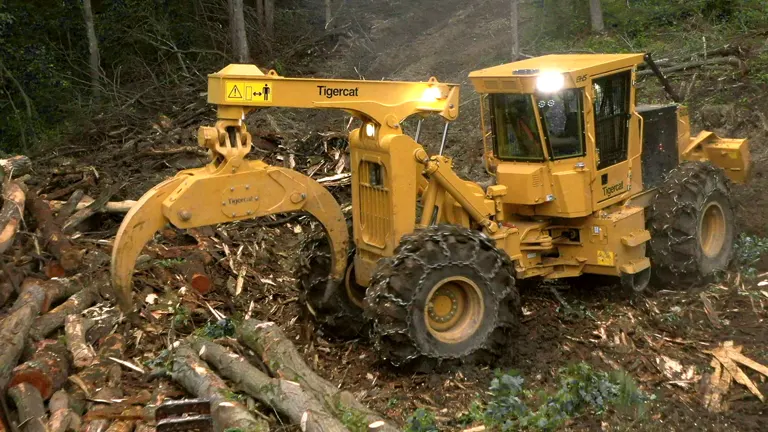
The Tigercat 602 Cable Skidder is designed to meet the rigorous demands of tough logging activities, especially in challenging terrains. Powered by a Tigercat FPT N45 engine with 168 horsepower at 2,200 rpm, it offers remarkable pulling power and responsiveness, essential for handling large loads efficiently in selective hardwood logging and steep, gully-filled landscapes. With its superior maneuverability, high-value components, and design focused on durability and minimal downtime, the 602 is an invaluable tool for logging operations that demand peak performance in the most demanding conditions.
High-End Forestry Equipment
For large-scale commercial forestry operations that demand the highest level of efficiency and technological advancement, high-end equipment is indispensable. These machines are designed to tackle the most challenging environments and tasks with ease and precision. The Komatsu 931XC 8WD Harvester and Caterpillar 548 LL Forestry Excavator are prime examples of such high-end machinery, providing unmatched performance and innovative features that set them apart.
1. Komatsu 931XC 8WD Harvester
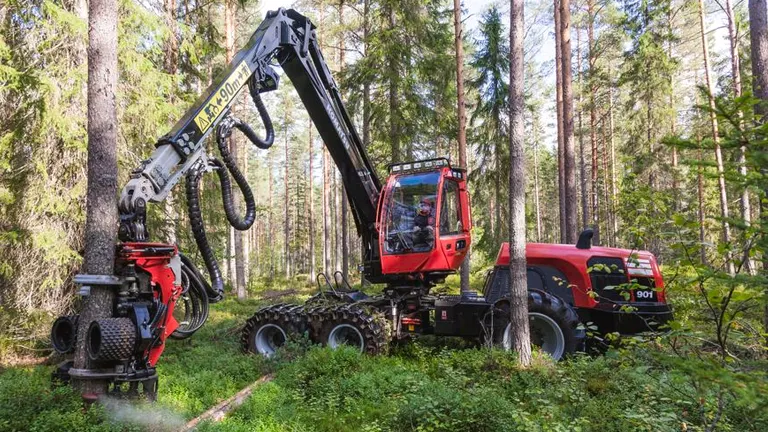
The Komatsu 931XC 8WD Harvester is built to conquer the most extreme forestry conditions and steep terrains with its state-of-the-art technology for unmatched precision and productivity. It is powered by a robust 251 hp AGCO EPA Tier 4 Final and EU Stage 4 6-cylinder turbo diesel engine, which features intelligent variable fan control to reduce noise and enhance the work environment for operators. Boasting an eight-wheel drive system for exceptional traction and stability, high ground clearance, and a powerful steering capability of +/- 40° steering angle, the 931XC excels in maneuverability and is perfectly suited for high-volume logging that requires both speed and precision, all while minimizing the impact on the forest floor.
2. Caterpillar 548 LL Forestry Excavator
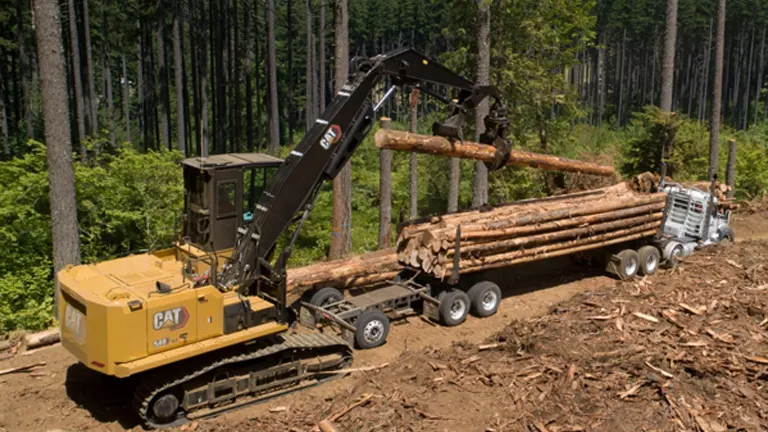
The Caterpillar 548 LL Forestry Excavator is a powerhouse designed for the intense demands of log loading and processing. Built with a reinforced structure, it thrives in rugged environments, maintaining high performance under challenging conditions. Equipped with specialized attachments such as grapples and clamps, the 548 LL excels in managing heavy loads and navigating complex tasks with ease. Renowned for its durability and extensive reach, coupled with powerful hydraulics, it’s the preferred choice for forestry operations requiring a robust machine that delivers both exceptional productivity and lasting reliability. The excavator’s advanced cabin design further enhances visibility and operator safety, featuring
Specialty Forestry Tools: Pioneering Innovation in Forestry
In an industry as diverse and challenging as forestry, specialized tools that leverage cutting-edge technology can make a significant difference, particularly in terms of environmental impact and access to challenging terrains. The DroneSeed Reforestation Drones and Eco Log 688E Harvester represent the pinnacle of innovation in forestry equipment, offering solutions that are not only effective but also sustainable and adaptable to various forestry needs.
1. DroneSeed Reforestation Drones

DroneSeed Reforestation Drones are revolutionizing reforestation efforts, particularly in areas devastated by wildfires. These drones can plant tree seeds from the air, rapidly accelerating the reforestation process over large areas that are typically challenging to access. Equipped with a 57-pound payload, the drones operate in swarms, managed by a single pilot, to cover up to 40 acres a day, significantly outpacing traditional methods. They also assist in carbon sequestration, crucial for climate change mitigation. Notably, DroneSeed was the first in the U.S. to receive FAA approval to use drone swarms for post-wildfire reforestation, highlighting its pioneering role in using advanced technology to enhance environmental restoration efforts.
2. Eco Log 688E Harvester
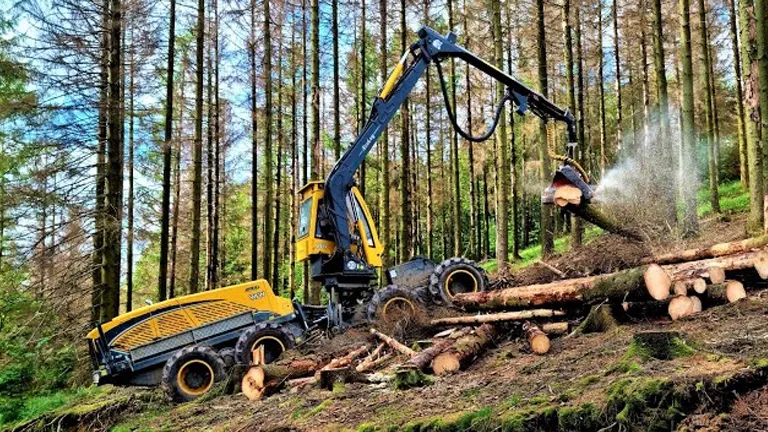
The Eco Log 688E Harvester is distinguished by its commitment to environmental sustainability and unparalleled versatility. Equipped with a powerful Volvo Penta engine, this eight-wheeled harvester is specifically designed for steep terrains, minimizing ground pressure and avoiding damage to sensitive ground. Its unique capabilities make it suitable for a range of forestry tasks, from cutting to processing, with precision and care. The Eco Log 688E excels in ergonomic design, enhancing operator comfort and efficiency, thus reducing fatigue and boosting productivity. Ideal for selective logging and habitat conservation projects, its adaptability and gentle touch on the environment set it apart in the forestry equipment market.
Comparison Chart for Top Forestry Tools of 2024
| Equipment Name | Price Range | Horsepower | Key Features | Pros | Cons |
|---|---|---|---|---|---|
| Stihl MS 261 Chainsaw | $600 – $800 | 4.0 HP | Lightweight, fuel-efficient, reduced emissions | Cost-effective, easy to handle | Less suitable for very large jobs |
| Husqvarna 435 Mark II | $300 – $500 | 2.2 HP | X-Torq engine technology | Eco-friendly, lightweight | Not for heavy industrial use |
| John Deere 333G | $75,000 – $90,000 | 100 HP | Compact, high lifting capacity | Versatile, strong lifting power | Higher cost than entry-level models |
| Tigercat 602 Skidder | $250,000 – $300,000 | 275 HP | Dual function (cutting and bunching) | Efficient in tough terrains | Requires skilled operation |
| Komatsu 931XC Harvester | $500,000 – $600,000 | 251 HP | Advanced hydraulic system, steep slope operation | High performance in extreme conditions | Expensive, high maintenance cost |
| CAT 548 LL Excavator | $400,000 – $450,000 | 320 HP | Reinforced structure, specialized attachments | Durable, powerful | Very high initial investment |
| DroneSeed Reforestation Drones | $100,000 – $200,000 | Not applicable | Automated seed planting, terrain mapping | Innovative, accesses difficult areas | Limited by battery life and weather |
| Eco Log 688E Harvester | $350,000 – $400,000 | 285 HP | High mobility and stability | Environmentally friendly, versatile | Specialized maintenance required |
Financing Options for Forestry Equipment
- Manufacturer Financing Programs: Many manufacturers of forestry equipment offer financing programs directly to buyers. These programs often include competitive interest rates and flexible terms that can be adjusted to meet the buyer’s financial situation. For instance, companies like John Deere and Komatsu provide financing solutions that include loans with tailored repayment schedules and lease-to-own options. These programs may also feature seasonal payment plans, allowing payments to be made during the busiest months for forestry operations.
- Leasing Options: Leasing is an attractive option for forestry operations that require the latest technology but want to avoid the depreciation and maintenance costs associated with ownership. Leasing agreements typically last between 2 to 5 years and often result in lower monthly payments compared to buying. At the end of the lease term, the business has the option to purchase the equipment at a residual price, lease new equipment, or simply return it. This flexibility is particularly valuable in the rapidly evolving forestry industry.
- Loans from Financial Institutions: For more traditional financing, buyers can turn to banks and credit unions to secure loans. These institutions offer a variety of loan types, including equipment loans specifically designed for purchasing heavy machinery. When considering a loan, it’s essential to compare interest rates, loan terms, and any additional fees involved. Some banks also offer specialized agricultural or business loans with terms that align well with the operational cycles of forestry businesses.
- Government and Small Business Grants: In some regions, government programs or grants are available to assist small and medium-sized forestry businesses in purchasing equipment. These can be particularly beneficial for operations focusing on sustainable practices or operating in economically disadvantaged areas. These grants or subsidized loans are designed to support local economies and environmental goals.
- Equipment Dealers and Distributor Financing: Equipment dealers often have partnerships with finance companies to offer customized financing solutions to their customers. These arrangements can include lower rates for initial periods, balloon payments, or scalable payments that match the cash flow patterns of the business.
Conclusion
The tools and equipment listed in our 2024 roundup offer something for every forestry professional, regardless of the size of their operation or the depth of their pockets. From robust, budget-friendly chainsaws for small-scale operations to advanced machinery equipped with cutting-edge technologies for large enterprises, the future of forestry looks both innovative and exciting. Always choose equipment that not only fits your current budget but also aligns with your long-term operational goals and sustainability standards.
FAQs
- What is a cable skidder and how does it differ from a grapple skidder?
A cable skidder uses a winch and cable system to drag logs, allowing it to reach down steep slopes and through thick underbrush. In contrast, a grapple skidder uses a hydraulic grapple to clutch logs, which is generally faster but less flexible in rough terrains. - Why is the Tigercat 602 Cable Skidder considered ideal for challenging terrains?
The Tigercat 602 is engineered with a robust frame and powerful engine, designed to handle the rigors of uneven and steep forest terrains. Its high maneuverability and pulling power allow it to operate efficiently where other machines might struggle. - What are the environmental impacts of using heavy forestry equipment like skidders?
While necessary for logging operations, heavy equipment can compact soil, disrupt water runoff patterns, and damage undergrowth. Manufacturers like Tigercat are increasingly designing machines that minimize ground disturbance and improve fuel efficiency to reduce environmental impacts. - How has technology improved the efficiency and safety of forestry equipment?
Modern forestry machines incorporate advanced technologies such as GPS tracking, automated systems, and improved ergonomics that not only boost productivity but also enhance operator safety. Features like real-time monitoring systems help in preventing machine overloads and optimizing maintenance schedules. - Can forestry equipment like the Tigercat 602 Cable Skidder be used in urban settings?
While primarily designed for forest environments, certain forestry equipment can be adapted for urban use, particularly in managing urban green spaces and for tasks like removing storm-damaged trees or clearing land for development, provided they meet local regulations for noise and emissions. - What should be considered when purchasing forestry equipment for a new logging operation?
Key factors include the terrain type, the size and nature of the timber to be harvested, local environmental regulations, and budget constraints. It’s also crucial to consider the after-sales service and parts availability in your region.
We hope this guide helps you navigate the diverse options for forestry tools available in 2024, tailored to every skill level. Have experiences with any of the tools we discussed, or tips on choosing the right equipment? Share your thoughts and join the conversation below. Your insights could help others make informed decisions and shape future discussions. Don’t forget to share this article with fellow forestry enthusiasts and professionals!

David Murray
Forestry AuthorI'm David Murry, a forestry equipment specialist with a focus on chainsaw operation. With over 13 years of experience, I've honed my skills in operating and maintaining a wide range of machinery, from chainsaws to log splitters. My passion for the outdoors and commitment to sustainable forestry drive my work, which emphasizes safety, efficiency, and staying updated with industry advancements. Additionally, I'm dedicated to sharing my expertise and promoting environmental awareness within the forestry community.

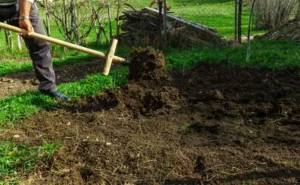
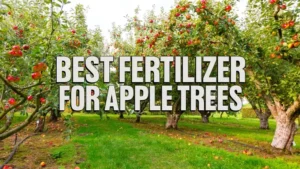




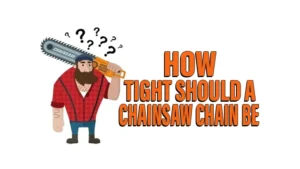
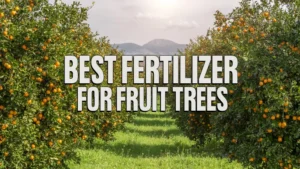




Leave your comment